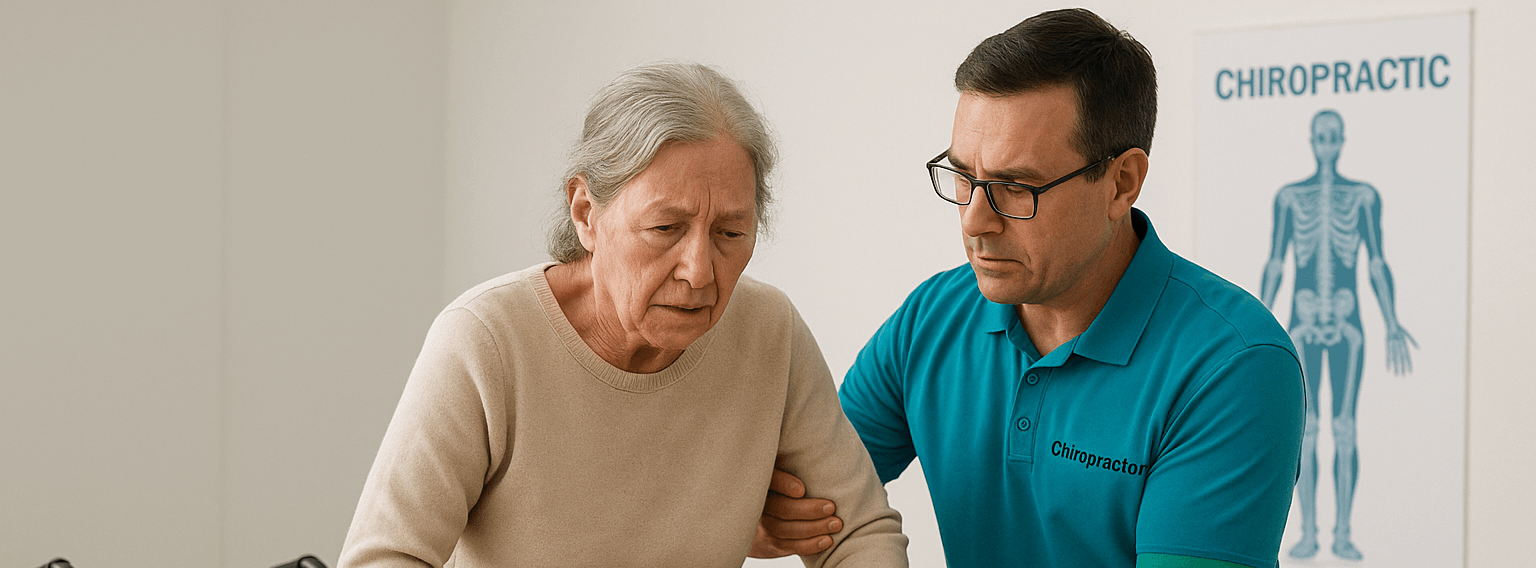Athletic performance depends on strength, endurance, coordination, and flexibility. However, poor posture can negatively impact all these areas, reducing efficiency and increasing the risk of injury. Whether you’re a runner, weightlifter, or team sport athlete, proper posture ensures optimal movement and performance. This guide explores how posture affects athletic ability and what athletes can do to correct imbalances.
Jump To:
TL;DR Quick Guide
- Poor posture affects strength, balance, flexibility, and endurance in athletes.
- It limits joint mobility and muscle efficiency, leading to decreased performance and increased injury risk.
- Common postural issues include forward head posture, rounded shoulders, and misaligned hips.
- Posture correction through targeted exercises, mobility work, and chiropractic care improves performance.
- Athletes can prevent posture-related issues by focusing on core strength, flexibility, and proper movement patterns.
How Poor Posture Affects Athletic Performance
1. Decreased Strength and Power Output
- Proper posture aligns joints and muscles for maximum strength output.
- Poor alignment reduces force production, making movements less efficient.
- Anterior pelvic tilt or hunched shoulders weaken the core and disrupt movement mechanics.
2. Reduced Mobility and Flexibility
- Muscle imbalances caused by poor posture restrict joint movement.
- Tight hip flexors, rounded shoulders, or a forward head position limit flexibility and proper form.
- Limited mobility increases compensation patterns, leading to inefficient movement.
3. Increased Risk of Injury
- Misalignment places uneven stress on joints and muscles, increasing injury risk.
- Poor posture contributes to chronic pain, muscle strains, and ligament stress.
- Repetitive movements performed with bad posture cause wear and tear over time.
4. Impaired Breathing and Endurance
- Slouched posture compresses the lungs, reducing oxygen intake.
- Forward head posture limits diaphragmatic breathing, decreasing endurance.
- Proper posture improves breath efficiency, allowing athletes to maintain energy levels longer.
5. Poor Balance and Coordination
- Postural misalignment affects body mechanics, weight distribution, and stability.
- Weak core muscles result in reduced control over movements.
- Better posture enhances balance, coordination, and reaction time.
Common Postural Issues in Athletes
1. Forward Head Posture
- Causes neck strain, headaches, and reduced shoulder mobility.
- Affects reaction time and upper body strength in sports requiring arm movement.
2. Rounded Shoulders
- Limits shoulder rotation, affecting throwing, lifting, and swimming motions.
- Leads to chest tightness and upper back weakness.
3. Anterior Pelvic Tilt
- Causes excessive lower back arching and weak core stability.
- Reduces hip flexibility and running efficiency.
4. Knee Valgus (Knees Caving In)
- Common in runners and weightlifters, leading to joint instability.
- Increases the risk of knee injuries, such as ACL tears.
How Athletes Can Improve Posture for Better Performance
1. Strengthen Core and Postural Muscles
- A strong core stabilizes the spine and improves movement efficiency.
- Exercises like planks, dead bugs, and glute bridges help maintain proper alignment.
2. Improve Mobility and Flexibility
- Stretching tight muscles restores balance and range of motion.
- Focus on hip flexors, hamstrings, shoulders, and thoracic spine.
3. Optimize Warm-ups and Cool-downs
- Include posture-specific mobility drills in warm-ups.
- Use foam rolling and dynamic stretching to release tight muscles.
4. Maintain Proper Form During Training
- Ensure correct postural alignment during lifting, running, and agility drills.
- Work with coaches or physical therapists to adjust movement patterns.
5. Seek Chiropractic and Postural Correction Care
- Chiropractic adjustments help realign the spine and improve mobility.
- Advanced BioStructural Correction (ABC) addresses deeper postural imbalances.
Key Takeaways
- Poor posture reduces strength, mobility, endurance, and coordination.
- Common postural issues include forward head posture, rounded shoulders, and anterior pelvic tilt.
- Weak core muscles and tight hip flexors contribute to poor alignment.
- Postural correction exercises, mobility drills, and proper movement patterns help improve performance.
- Chiropractic care and postural awareness can prevent injuries and enhance efficiency.
FAQs
1. Can fixing posture improve my athletic performance?
Yes, better posture improves strength, mobility, and breathing efficiency, leading to enhanced performance.
2. How do I know if poor posture is affecting my performance?
If you experience frequent injuries, stiffness, or movement limitations, posture may be a factor.
3. What sports are most affected by poor posture?
Sports requiring explosive power, endurance, or agility, such as running, weightlifting, and swimming, are most impacted.
4. How long does it take to correct posture for better performance?
With consistent strengthening, mobility work, and awareness, improvements can be seen in a few weeks to months.
5. Can chiropractic care help with posture-related performance issues?
Yes, chiropractic adjustments and postural correction techniques can restore alignment and improve movement efficiency.






